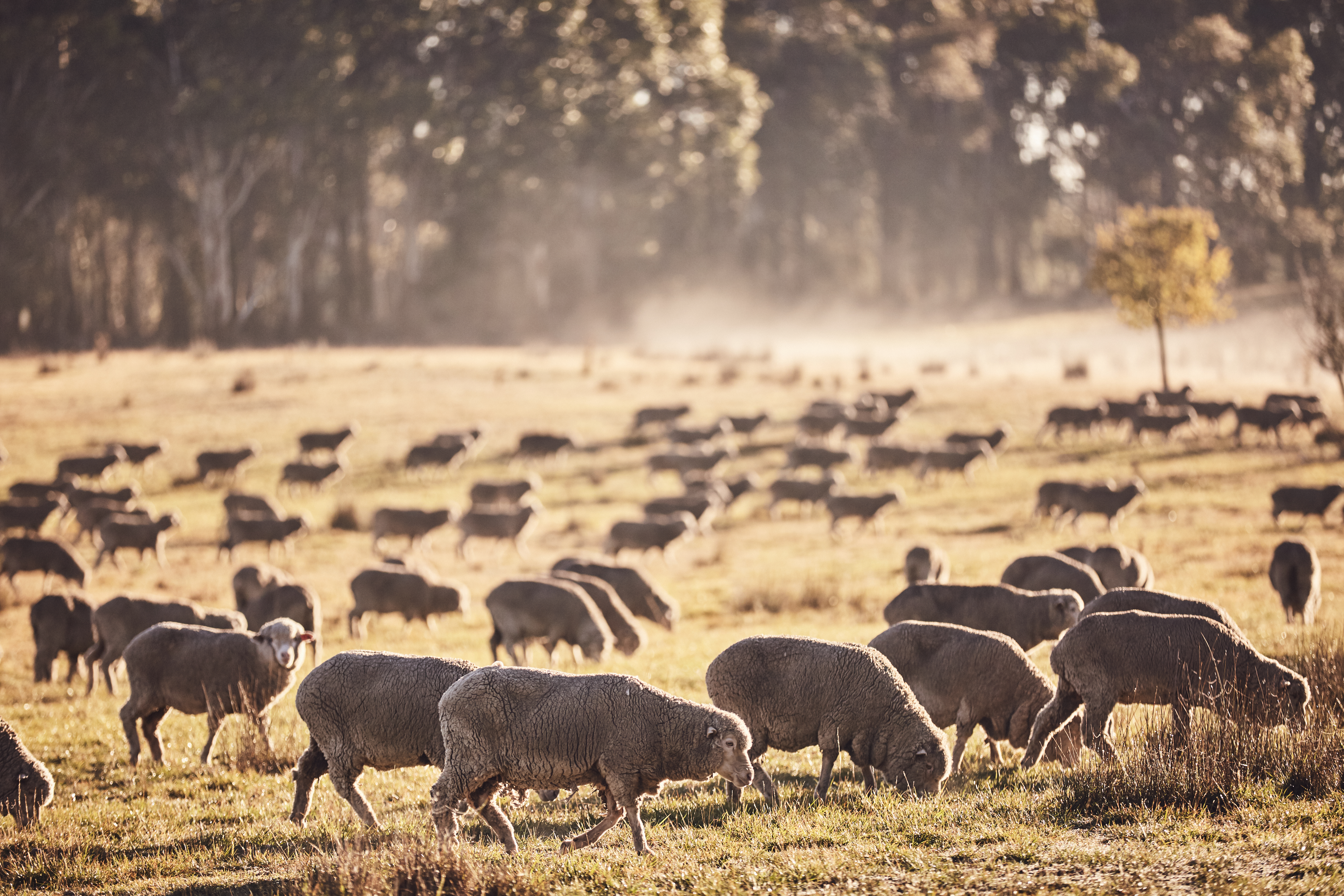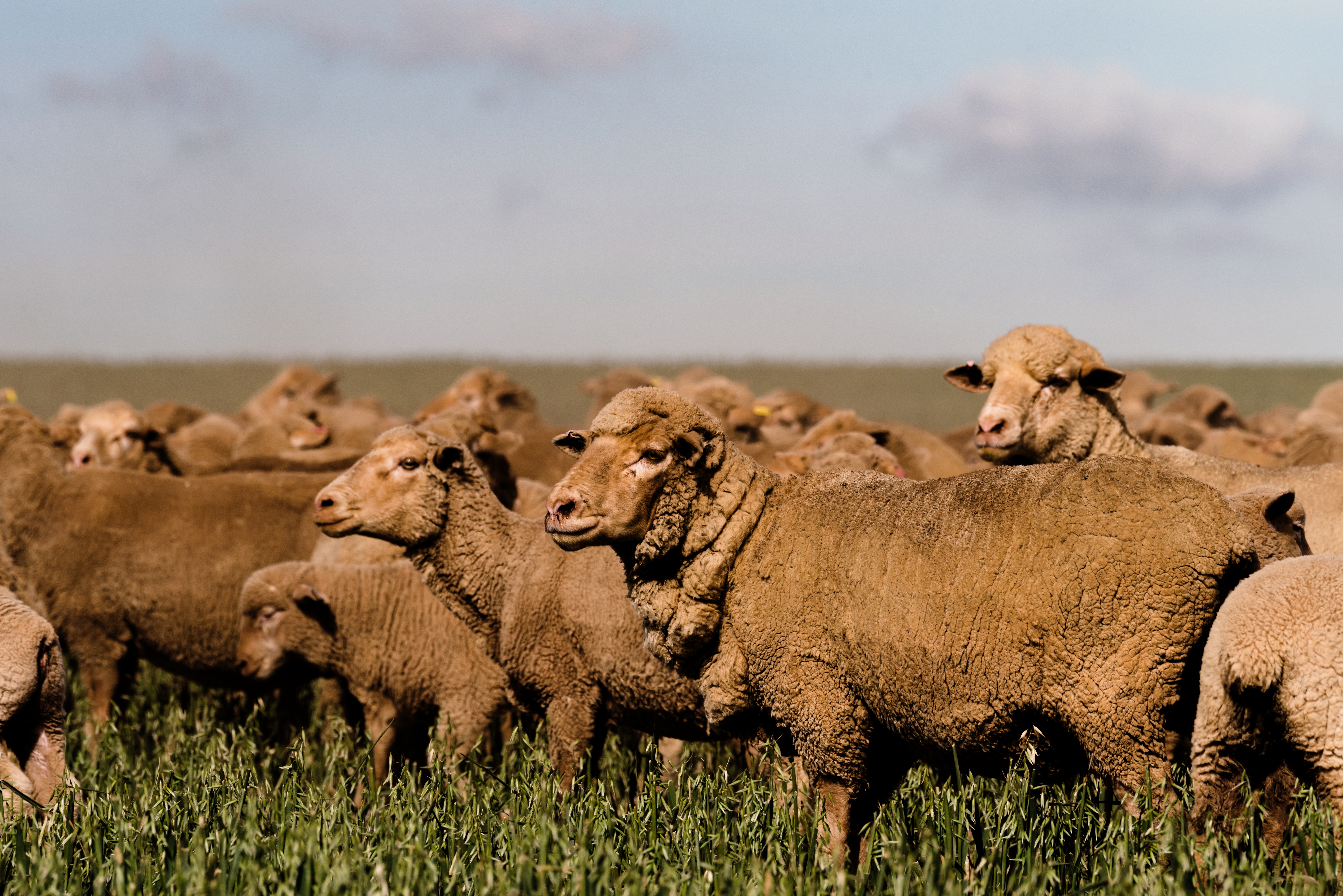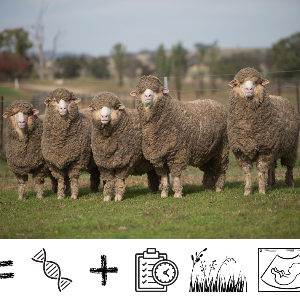Preparing for a successful joining

Good preparation of ewes for joining can increase reproductive rates and decrease the number of ewes scanned dry. Ram preparation is also important to ensure they are in prime condition to work and pass on their genes. This article looks at ways to improve how you prepare for a successful joining.
“By failing to prepare, you’re preparing to fail”. I think we are starting to see a theme here. Preparation is important and now is the time to begin preparing for joining.
Weaning represents the transition to the next breeding cycle and the start of preparing ewes for their next joining. Good preparation of ewes for joining can increase reproductive rates and decrease the number of ewes scanned dry. Good preparation of rams is also important to ensure they are in prime condition to work and pass on their genes.
Our previous article, Strategies to increase conception and reproductive rates, covers the key factors that influence joining outcomes and the strategies that can be implemented to achieve good joining results. The following provides a summary of key strategies to consider to prepare for a successful joining.
Preparing ewes
- At weaning:
- Draft ewes into condition score (CS) groups and allocate the best available pasture to those ewes below CS 3
- Review your grazing management plan from weaning until the next joining
- Cull ewes that have failed to rear lambs (i.e. ‘dry’ when udders assessed at lamb marking) to make gains towards weaning more lambs
- Flocks in better condition at joining have higher reproductive rates and less dry ewes. The average response is about 20% more lambs for each rise in CS at joining, but the response varies between flocks
- The target CS for ewes at joining is ≥3. Check out the lifetimewool website for CS targets for your region and time of lambing. Remember, it is cheaper to maintain ewe CS rather than supplementary feed ewes to gain CS for joining
- Maiden ewes should be 75-80% of their standard reference weight. Some Merino bloodlines can successfully be joined at 7-10 months of age. Ewe lambs should reach a minimum of 45kg at joining for optimal performance
- Join maiden and adult ewes separately as they have different ram requirements
- Mature ewes – join at 1% + 1
- Maiden ewes – join at ≥ 1.5%
- Ewe lambs – join at ≥ 2%
- Ensure ewes are structurally sound and are free from flies, lice and worm burdens. Find information about when to conduct a worm egg count and drenching decisions on the Paraboss website here
- Avoid joining ewes within 2-weeks of shearing, stress before and during joining, and joining ewes on pastures that may be toxic to sheep (e.g. high-endophyte perennial ryegrass pastures)
- Avoid joining in full wool, especially maidens, as mating can be physically difficult
- Teasing can be used to stimulate ewes to cycle and generate a more compact lambing if you are joining out-of-season (Sep-Dec). More information here
- “Flushing” via nutritional supplementation of ewes with green feed or lupins from 1-week before to 1-week after the start of joining can increase reproductive rates and reduce the number of dry ewes. However, responses are variable. Ewes are more likely to respond if they are in CS <3
Preparing rams
- Conduct pre-joining ram checks 8 to 12 weeks before joining
- Sperm production takes 7 to 8 weeks, so preparation needs to start at least 8 weeks before joining to ensure optimal sperm production and quality
- Sperm production can be increased by feeding a high-protein supplement in the 8 weeks before joining (e.g. 750g/hd/day of lupins)
- The target CS for rams at joining is 3.5
- Check the 5 T’s:
- Teeth - ensure each ram has a sound mouth
- Toes - check for lameness and treat if present. Trim toes if necessary
- Torso - assess CS. Rams that are in poor condition or are over-fat will have reduced reproductive performance.
- Tossle - check penis and prepuce for abnormalities, inflammation and infection
- Testes - should be firm with no lumps; scrotal circumference should be >28.5cm and adult rams >32cm
- Rams should be shorn 8 to 12 weeks before joining to avoid sunburn, cuts, infection and susceptibility to heat stress at joining
- Ensure vaccinations are up-to-date and rams have been given a drench, preventative flystrike treatment and lice control treatment prior to joining
- Ensure your ram numbers meet requirements and if not, obtain replacements ASAP to allow acclimatisation
Consider attending a RAMping Up Repro workshop if you’d like improve your skills to increase the performance of your rams. If you are interested in attending this or any other workshops, then please register your interest by getting in touch with Georgia at georgia@awiextensionwa.com.
Amy Lockwood, AWI Extension WA







.png/Zz0yM2JiZjM5ODBlYmMxMWYwOTU5YTYyNTc0YTA0ZjBjZQ==)
